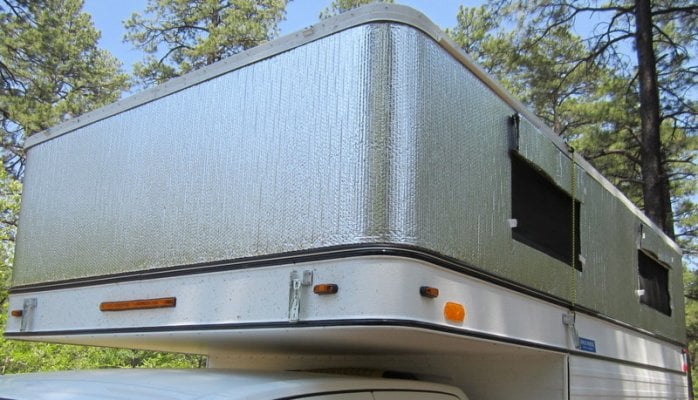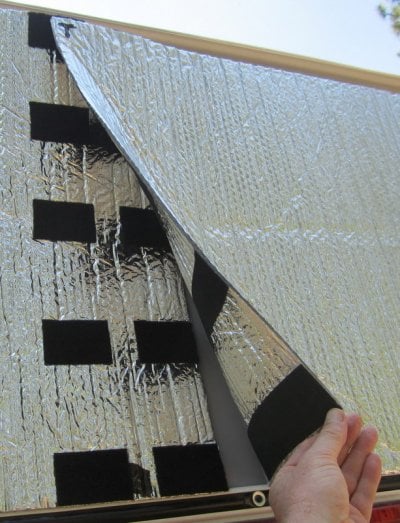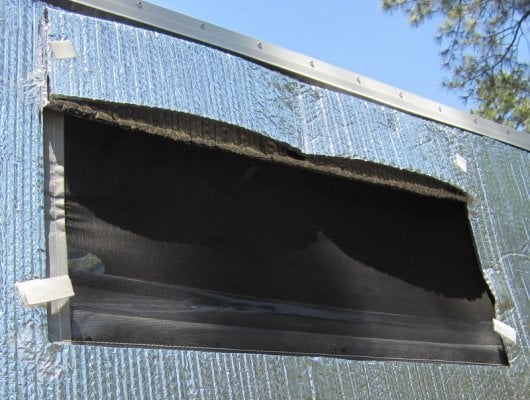Welcome to WTW, pixiedust!

I've used my FWC Hawk (2005) in outside temperatures as low as 0°F and frequently single-digit °F and with the addition of insulation for the soft-sides and with the heater running I was comfortable. The pop-up soft-sides aren't insulated, so they really need help.
Insulation: I use Reflectix (
such as this), attached to the the soft-sides with Velcro, mating with the existing OEM Velcro strip at the top. Because this is semi-rigid I have to remove it when I drop the top, but the installation/removal takes only a couple of minutes.
OR you can get the FWC Arctic Pack if you don't mind spending the money.
ski3pin did a great home-made version of the Arctic Pack.
Heater: The built-in forced-air furnace is a great way to heat up the camper quickly, BUT: It's loud (they say the fan is quieter in models newer than mine) and the fan consumes a significant amount of electricity from the battery (they say the fan is more energy-efficient in newer models). If your battery's charge isn't high enough the heater won't start because it senses that there's not enough juice for the fan; I've had to start the truck to trick the furnace into thinking there's more juice than there is.
Because the forced-air furnace in mine is loud and consumes battery, I rely almost exclusively on a catalytic propane heater -- the
Wave, by Olympian (other brands are available, too). It has no fan so is silent and consumes no electricity -- just propane. I have the Wave 6 model, which is larger than some people here get, but maybe I do more winter camping in cold places.
Catalytic heaters have some downsides: a small amount of venting is required for combustion-efficiency and safety (meaning you have to let a little cold air in and some warm air vents out), and without a fan the heat is not distributed around the cabin as well -- at least, not as quickly, since it's basically a radiant heat source -- things it's "shining on" get hot first.
Comfortable: I should say that for me, in the camper in winter, a "comfortable" temperature may be in the low 60s F or even the high 50s F, 'cause I'm comparing it to what it was like camping in the winter in a tent, and not comparing it to what I would call "comfortable" if I was at home in my house. But I could make it warmer if I ran my Wave 6 on a higher setting -- if I wanted to be home-comfortable.
That's my experience on "cold weather" camping in my pop-up camper.
(BTW: "pixiedust"?
)
What about water in your tank etc. Does it ever freeze?



